#donkeys
Text

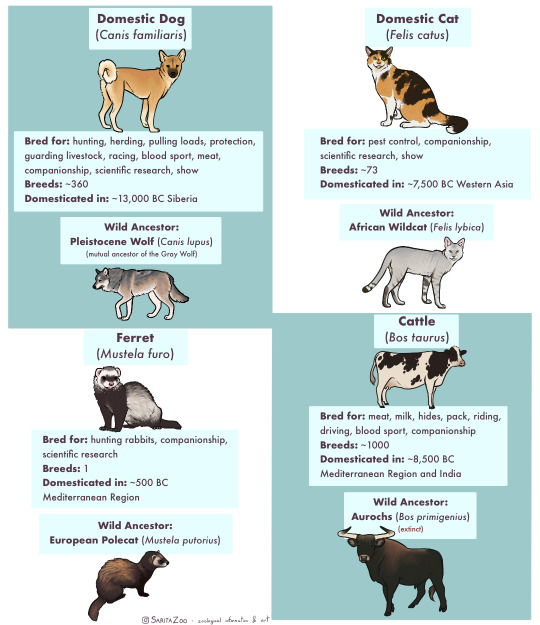


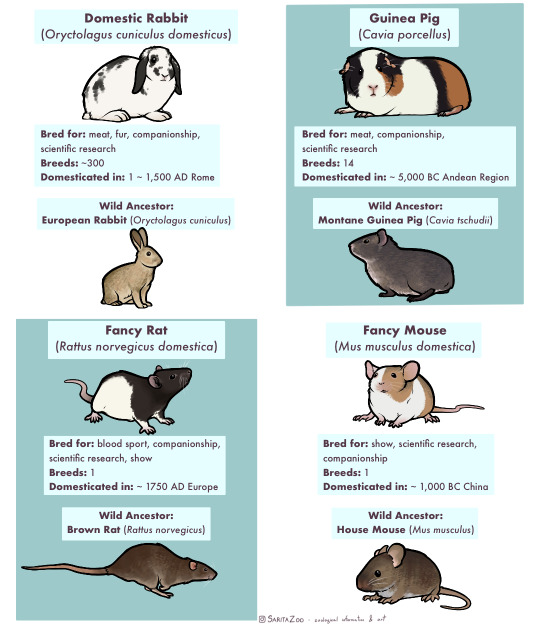
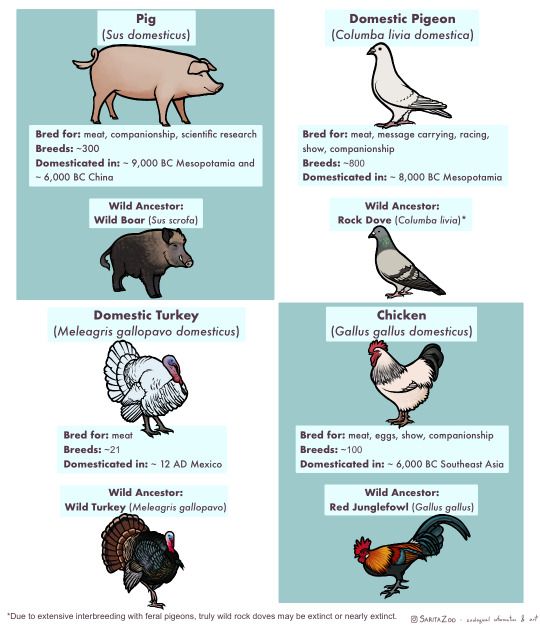
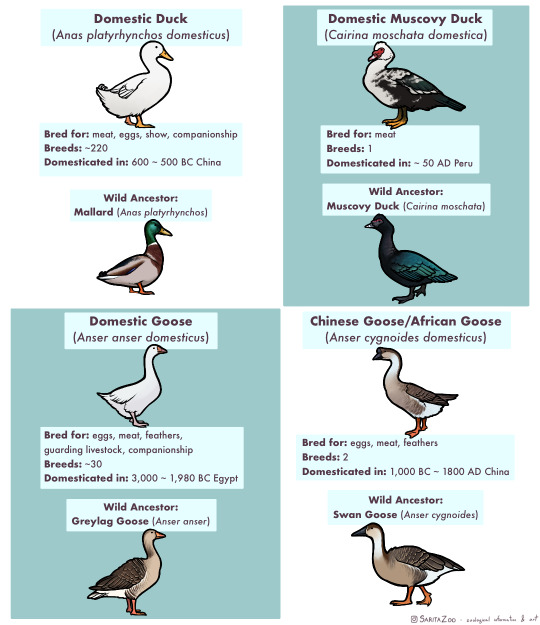
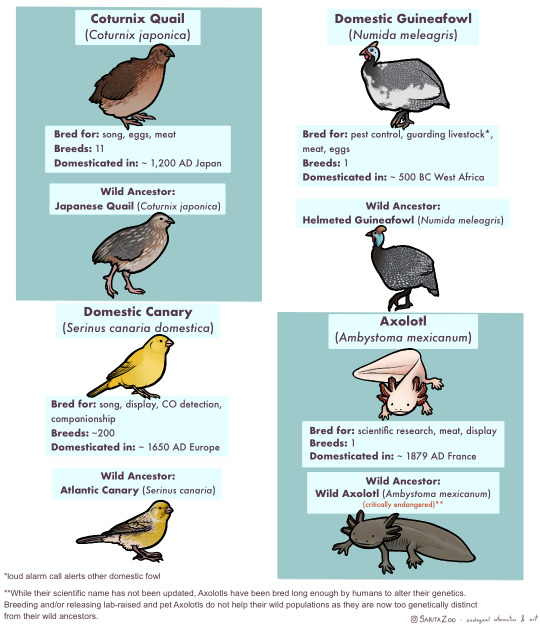


Phew. This one took, uh… a bit longer than expected due to other projects both irl and art-wise, but it’s finally here. The long-awaited domestic animal infographic! Unfortunately, I didn’t have enough space to cover every single domestic animal (I’m so sorry, reindeer and koi, my beloveds) but I tried to include as many of the “major ones” as possible.
I made this chart in response to a lot of the misunderstandings I hear concerning domestic animals, so I hope it’s helpful!
Further information I didn’t have any room to add or expand on:
🐈 “Breed” and “species” are not synonyms! Breeds are specific to domesticated animals. A Bengal Tiger is a species of tiger. A Siamese is a breed of domestic cat.
🐀 Different colors are also not what makes a breed. A breed is determined by having genetics that are unique to that breed. So a “bluenose pitbull” is not a different breed from a “rednose pitbull”, but an American Pitbull Terrier is a different breed from an American Bully! Animals that have been domesticated for longer tend to have more seperate breeds as these differing genetics have had time to develop.
🐕 It takes hundreds of generations for an animal to become domesticated. While the “domesticated fox experiment” had interesting results, there were not enough generations involved for the foxes to become truly domesticated and their differences from wild foxes were more due to epigenetics (heritable traits that do not change the DNA sequence but rather activate or deactivate parts of it; owed to the specific circumstances of its parents’ behavior and environment.)
🐎 Wild animals that are raised in human care are not domesticated, but they can be considered “tamed.” This means that they still have all their wild instincts, but are less inclined to attack or be frightened of humans. A wild animal that lives in the wild but near human settlements and is less afraid of humans is considered “habituated.” Tamed and habituated animals are not any less dangerous than wild animals, and should still be treated with the same respect. Foxes, otters, raccoons, servals, caracals, bush babies, opossums, owls, monkeys, alligators, and other wild animals can be tamed or habituated, but they have not undergone hundreds of generations of domestication, so they are not domesticated animals.
🐄 Also, as seen above, these animals have all been domesticated for a reason, be it food, transport, pest control, or otherwise, at a time when less practical options existed. There is no benefit to domesticating other species in the modern day, so if you’ve got a hankering for keeping a wild animal as a pet, instead try to find the domestic equivalent of that wild animal! There are several dog breeds that look and behave like wolves or foxes, pigeons and chickens can make great pet birds and have hundreds of colorful fancy breeds, rats can be just as intelligent and social as a small monkey (and less expensive and dangerous to boot,) and ferrets are pretty darn close to minks and otters! There’s no need to keep a wolf in a house when our ancestors have already spent 20,000+ years to make them house-compatible.
🐖 This was stated in the infographic, but I feel like I must again reiterate that domestic animals do not belong in the wild, and often become invasive when feral. Their genetics have been specifically altered in such a way that they depend on humans for optimal health. We are their habitat. This is why you only really see feral pigeons in cities, and feral cats around settlements. They are specifically adapted to live with humans, so they stay even when unwanted. However, this does not mean they should live in a way that doesn’t put their health and comfort as a top priority! If we are their world, it is our duty to make it as good as possible. Please research any pet you get before bringing them home!
#SaritaZoo#my art#domestic animals#domestication#pets#dogs#cats#ferrets#cows#sheep#goats#bovids#horses#donkeys#camels#llamas#alpacas#rabbits#guinea pigs#rats#pet rats#pet mice#pigs#pigeons#turkeys#chickens#ducks#geese#quail#i ran out of tags rip
31K notes
·
View notes
Text
The other day, I went down the rabbit hole of "cute donkeys" and came up with my head full of things I didn't know about mules (the hybrid offspring of a horse and a donkey), and why they were once so coveted as work animals.
Brace for info dump, while enjoying this lovely photo of a trio of draft mules.
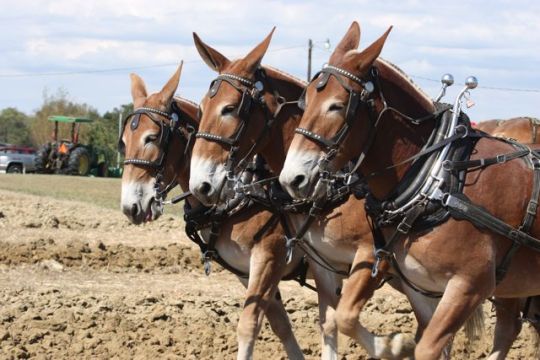
The explanation is hybrid vigour (when hybrid offspring have enhanced traits compared to its parents):
Mules are stronger, hardier, healthier, have better endurance, harder hooves, sturdier skin and can handle extreme weather better than horses or donkeys. They are also more patient, more intelligent, and easier to handle than either of their parent species. Horses may be faster, but that's about the single thing they're better at than a mule of the same size.
So mules, being all around nicer to work with and getting you more work for the same amount of feed, and with less hassle, were preferred for just about every job purpose.
Habby du Magnou, a Poitevin Mulassier mare, and her daughter Lady du Magnou, a rare Poitevin mule

But since horses have 64 chromosomes and donkeys have 62, mules end up with 63 chromosomes, which means they are almost invariably sterile. That's because biology gets very confused when trying to split an uneven number of chromosomes neatly in half to create germ cells. There are a few documented exceptions of fertile mule mares (never stallions), but they are very, very rare. So you have to keep crossbreeding the two parent species to produce them, usually by breeding a donkey sire (jack) to a horse dam (mare). This is because it's easier for a 32 chromosome egg to incorporate a 31 chromosome sperm into a viable zygote (fertilised egg) than vice versa.
Because of this, there was (and still is) in France a breed of absolutely massive draft horses, the Poitevin Mulassier, and a breed of big-ass donkeys (pun intended, but honestly they're arguably the largest donkeys in the world, and shaggy like Highland cattle), the Baudet du Poitou, two breeds whose main purpose was to breed the enormous and super-strong Poitevin mule.
The Poitevin mule



This absolute unit was the must-have work-animal for all kinds of farm and industrial work for centuries, and a significant French export, until mechanisation made these magnificent creatures obsolete.
With no demand for the Poitevin mule , its parent breeds dwindled, almost to the brink of extinction. Determined conservation efforts during the last few decades are slowly bringing their numbers back up, but they're very far from their heyday, when some 20,000 Poitevin mules were born annually.
The Poitevin Mulassier
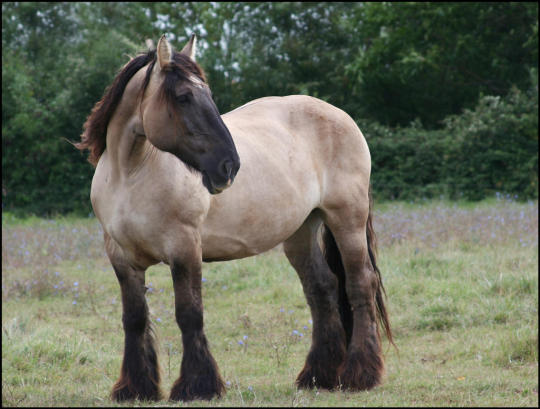


Both the parent breeds are still endangered, which means most of the current effort is directed into bringing up the numbers of Poitevin horses and Poitou donkeys. This means breeding horses to horses and donkeys to donkeys, with very few breeding opportunities allowed to produce the Poitevin mule. Only about 20 of those are born each year.
The Baudet du Poitou


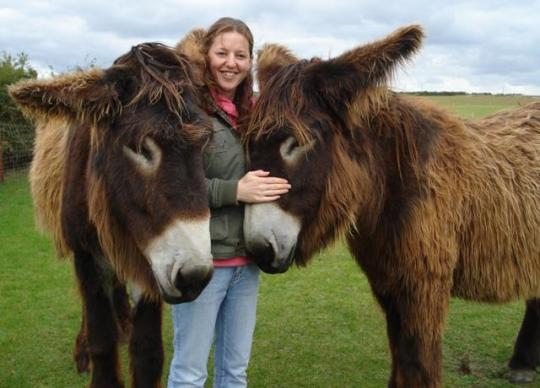
#mules#poitevin mule#mule poitevine#donkeys#baudet du poitou#poitou donkey#horses#draft horse#poitevin mulassier#trait poitevin#trait poitevin mulassier
37K notes
·
View notes
Text
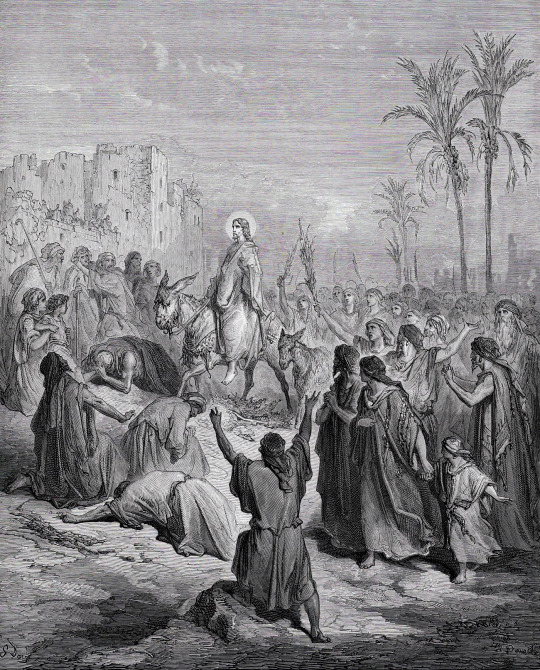
Entry of Jesus into Jerusalem by Gustave Doré
#jesus christ#jesus#christ#jerusalem#art#gustave doré#christianity#christian#la grande bible de tours#bible#biblical#religion#religious art#religious#donkey#donkeys#palm sunday#animals#palm branches#triumph#triumphal#triumphant#halo
429 notes
·
View notes
Text
Taxonomy Tournament: Mammals
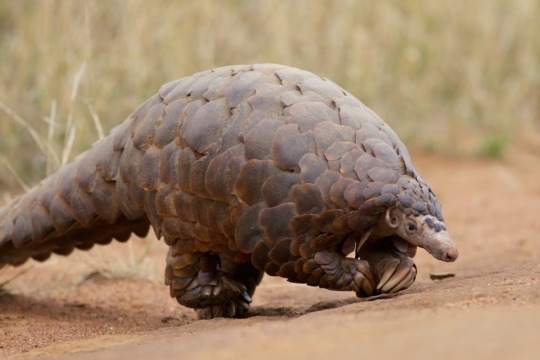
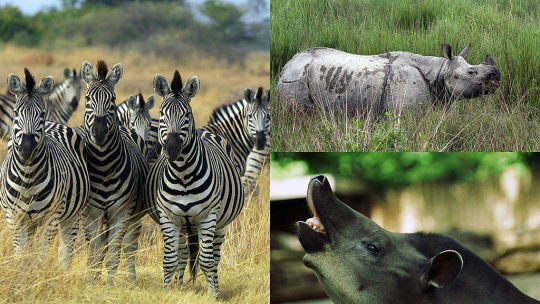
Pholidota. This order is made up of the pangolin, the only mammal to have keratin scales.
Perissodactyla. This order is also known as the odd-toed ungulates because they (mostly) have hooves and bear weight on one or three toes. It is made up of equines, rhinos, and tapirs.
#animals#biology#polls#poll tournament#zoology#pangolins#mammals#tetrapods#horses#donkeys#rhinos#tapirs#Pholidota#Perissodactyla#0x60v0x9f#animal tournament#Animal Tournament Round 1
327 notes
·
View notes
Text
Meanwhile, elsewhere in Ireland...
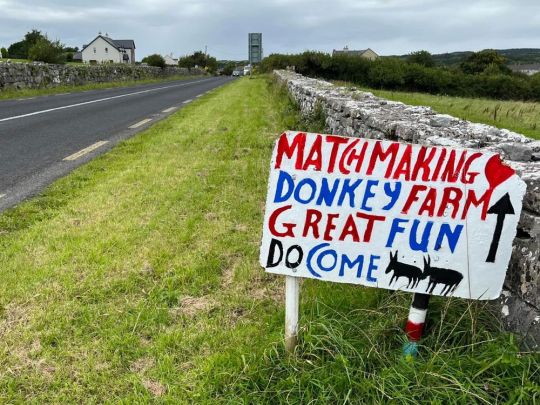
(via Paul Cornell on Bluesky)
526 notes
·
View notes
Text
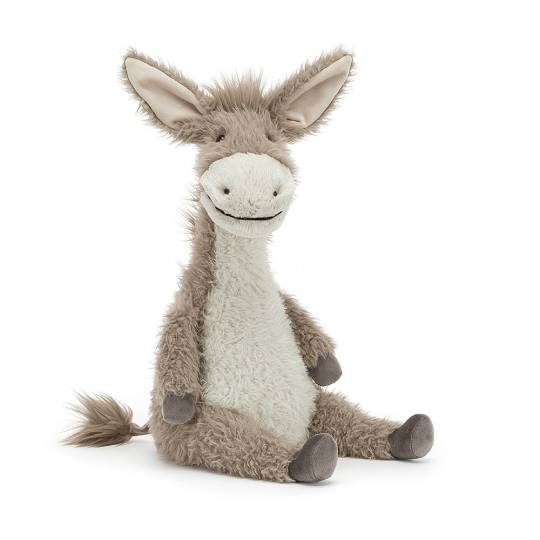
Dario Donkey
Ko-fi / Instagram
#stuffed animals#stuffies#stuffed animal#jellycat#jellycats#jellycatlondon#jellycatstuffies#jellycatplush#donkey#donkeys#cute#plush#plushies#plushblr#plushie#plushcore#plushiecore#stuffiecore#plush toy#plush animals#plush animal#plush toys#soft toys#soft toy#toycore#kidcore#cozycore#plush blog
211 notes
·
View notes
Text

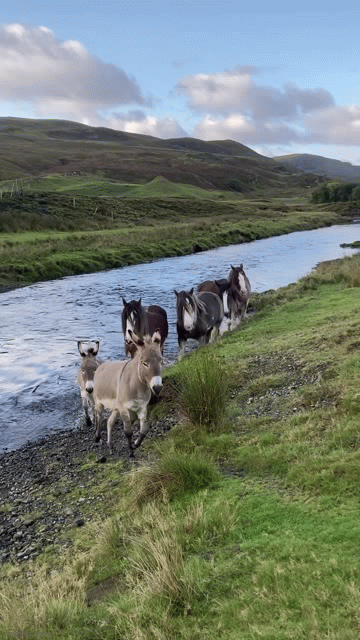
Clydesdales & Donkeys
551 notes
·
View notes
Text
Animal of the Day!
Somali Wild Ass (Equus africanus somaliensis)

(Photo from San Diego Zoo)
Conservation Status- Critically Endangered
Habitat- Somalia, Somaliland; Eritrea; Ethiopia
Size (Weight/Length)- 270 kg; 1.5 m tall
Diet- Grasses; Bark; Roots; Leaves
Cool Facts- Numbering less than 1,000 individuals, the Somali wild ass is a subspecies of the African wild ass. Herds change in size depending on the amount of rain for that year. Stallions generally take care of a dozen or so mares throughout their territory, but large gatherings of mares can occur when rain and food is plentiful. Other males are welcome to enter the stallion’s territory, as long as they only graze and show no interest in gaining a mate. Mares are pregnant for about a year and the foal stays with their parent herd for several years before branching out. Somali wild ass are hunted for medicinal purposes and for acting as competition for livestock. Luckily, zoos around the world are working towards breeding Somali wild ass and releasing them back into the wild.
Rating- 12/10 (Close relatives to zebras.)
#animal of the day#animals#mammals#donkeys#thursday#december 21#somali wild ass#biology#science#conservation#the more you know
227 notes
·
View notes
Text
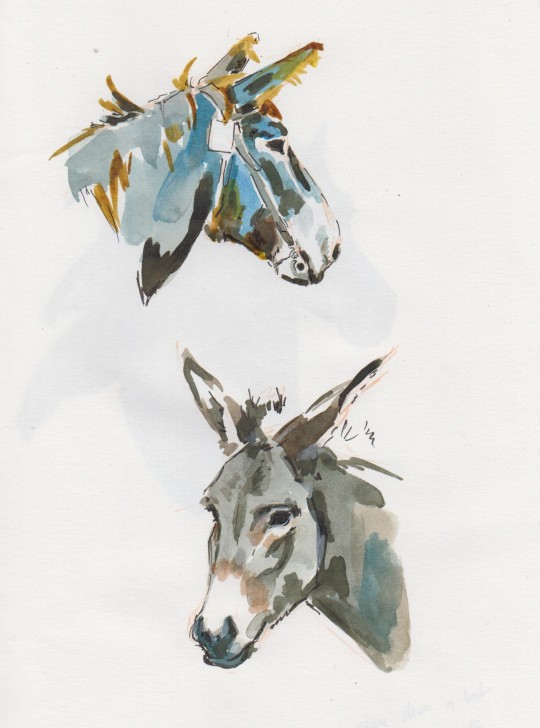
Today's inktober on the same page as Thursday's inktober painting. The donkey at the top of the page is a Baudet du Poitou. They are both painted with various calligraphy inks.
#baudet du poitou#art#artist#artists on tumblr#animal art#inktober#inktober 2023#equine art#ink#ink painting#calligraphy ink#donkey#donkeys#donkey art
226 notes
·
View notes
Photo
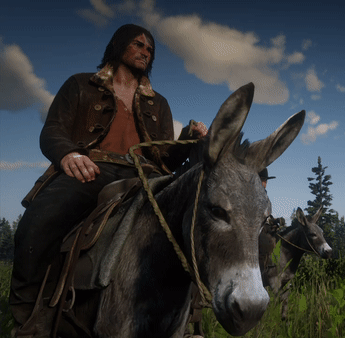

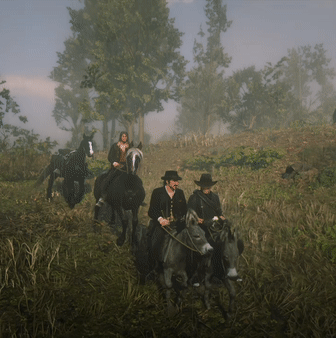
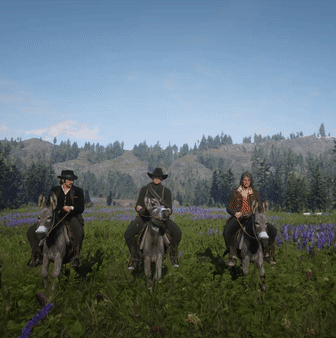
♡
#red dead redemption 2#rdr2#red dead redemption#rdr#arthur morgan#john marston#dutch van der linde#donkeys
269 notes
·
View notes
Text

Donkey! :-) I used to get to work with donkeys sometimes and their personalities are delightful to me.
[ID: an illustration of a grey donkey facing forward and to the left. It is on a blue, yellow, red, and white patterned background. End.]
281 notes
·
View notes
Text
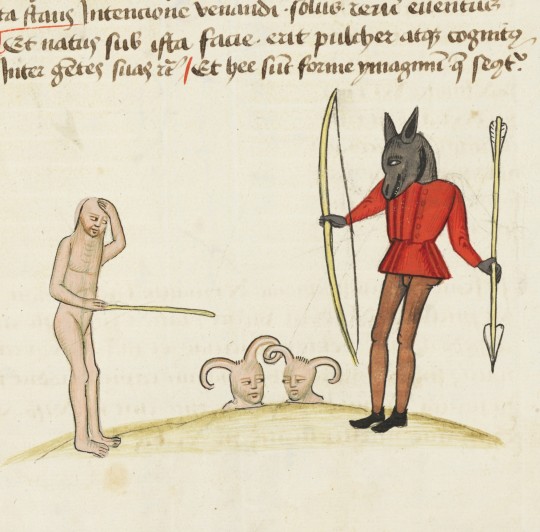
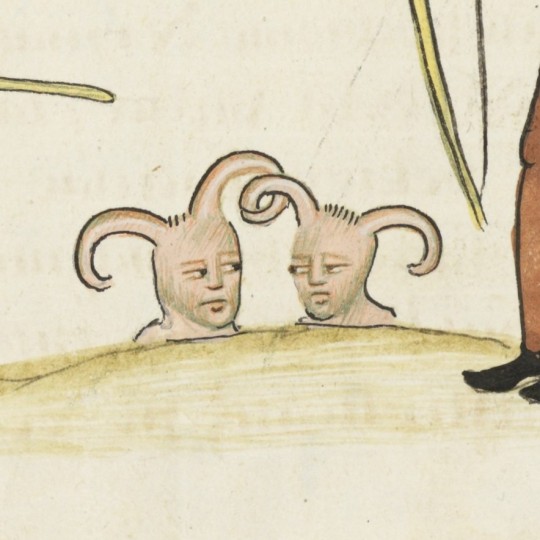
side-eye
illustration for the third decan of libra in an astrological treatise ("de figura seu imagine mundi" by ludovicus de angulo/louis de langle), lyon, c. 1456
source: St. Gallen, Kantonsbibl., VadSlg Ms. 427, fol. 98r
#15th century#astrology#medieval astrology#de figura seu imagine mundi#ludovicus de angulo#louis de langle#libra#third decan of libra#zodiac signs#decans#hybrids#donkeys#medieval art
185 notes
·
View notes
Text
Misha Collins with horses and donkeys.


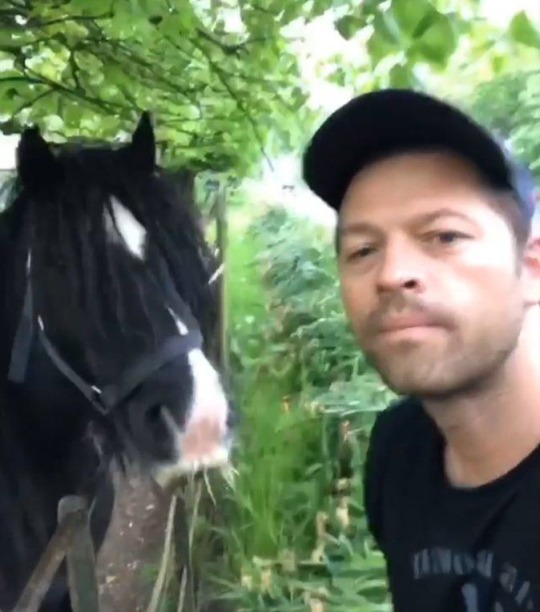
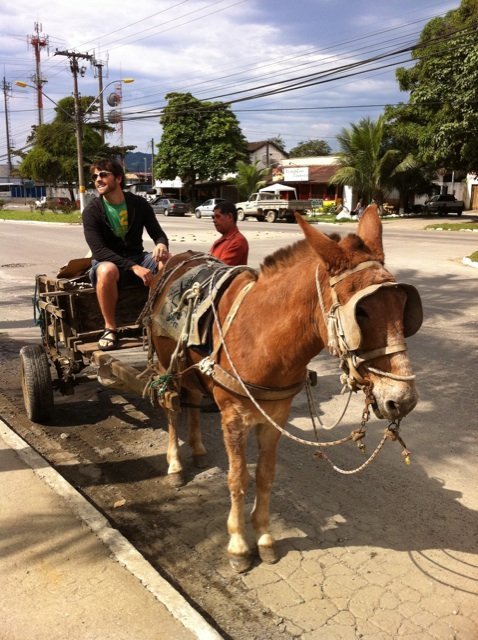

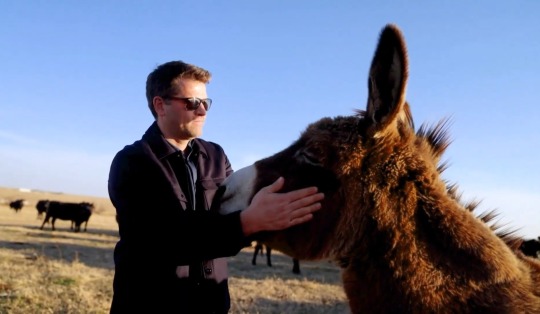

Jensen Version
449 notes
·
View notes
Text

"TWO DONKEYS"
HÁN MĚILÍN 韩美林 // 1979
[hanging scroll: ink & colour on paper | 34 x 37 cm.]
336 notes
·
View notes
Text
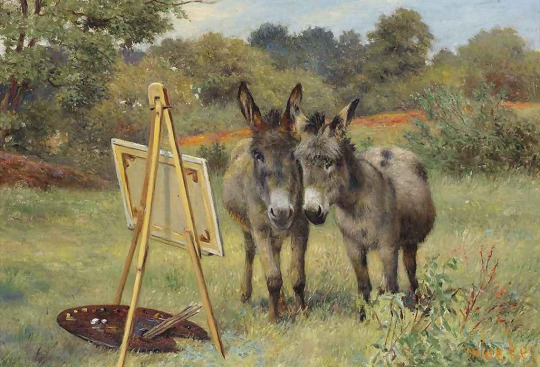
The Unlikely Connoisseurs. Herbert William Weekes (1856-1909)
via
2K notes
·
View notes
